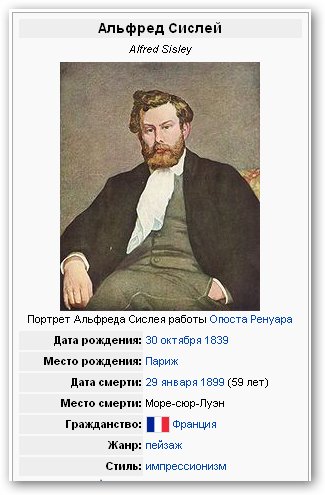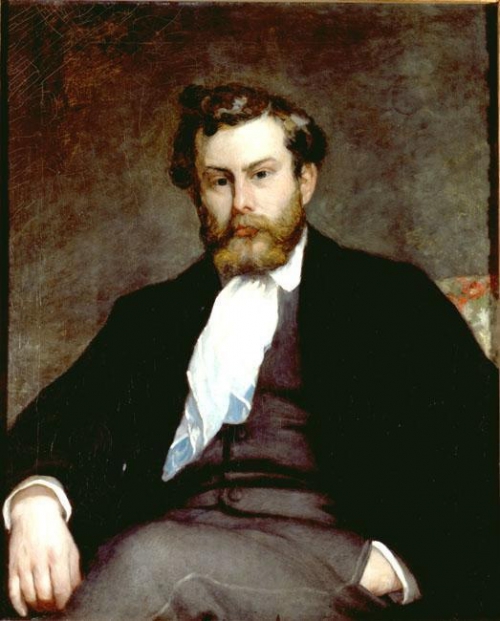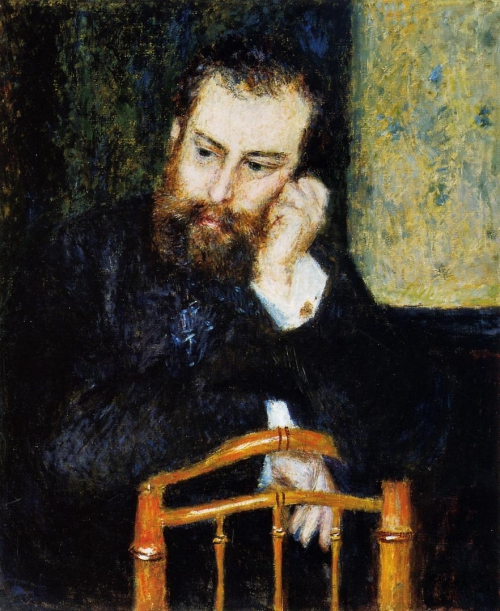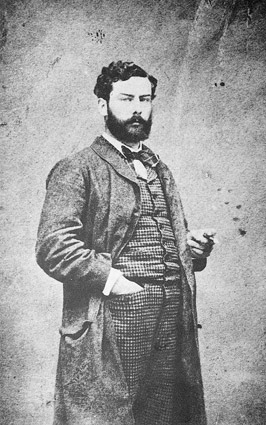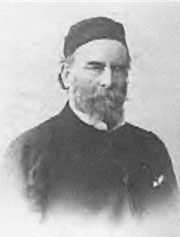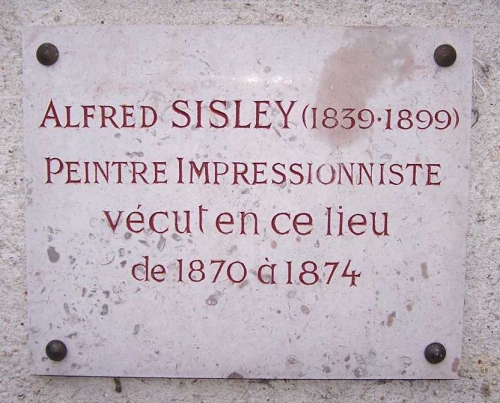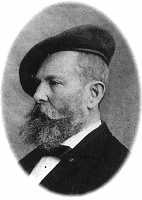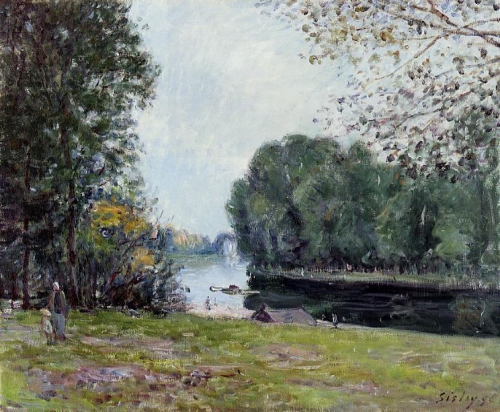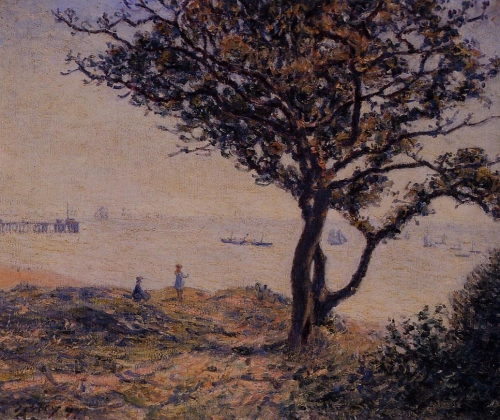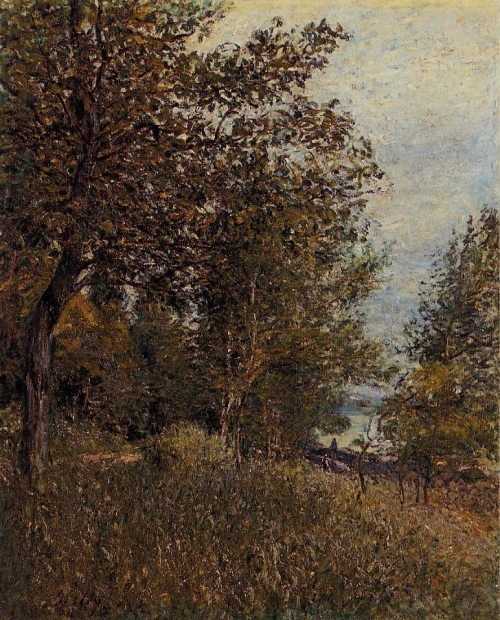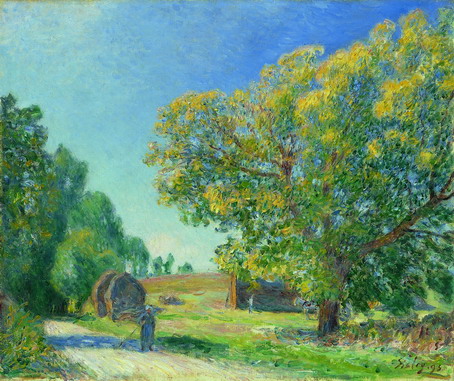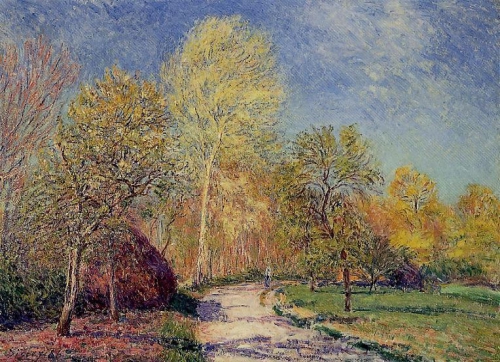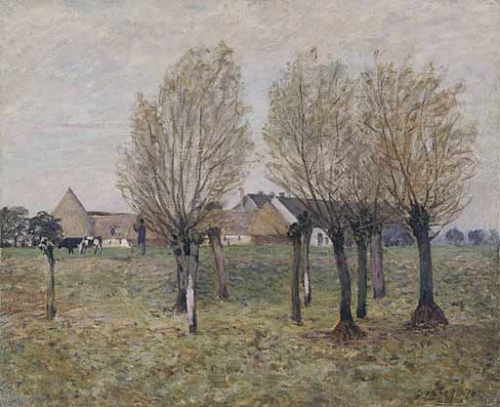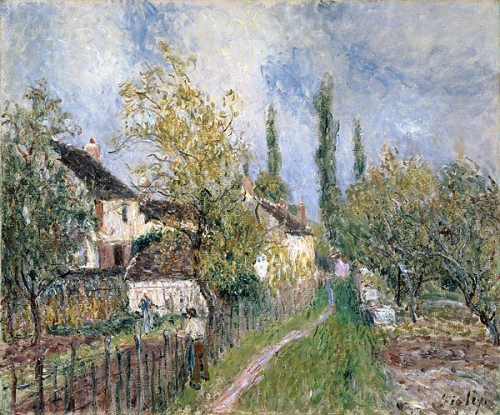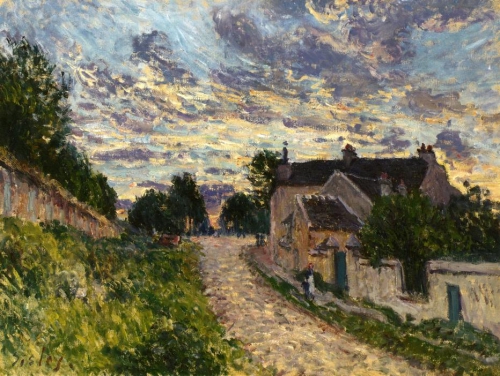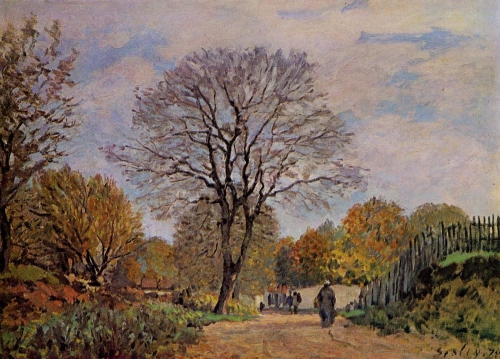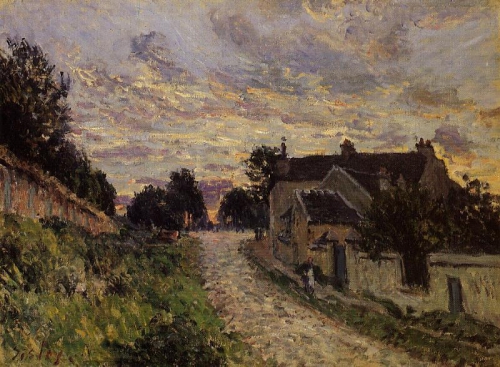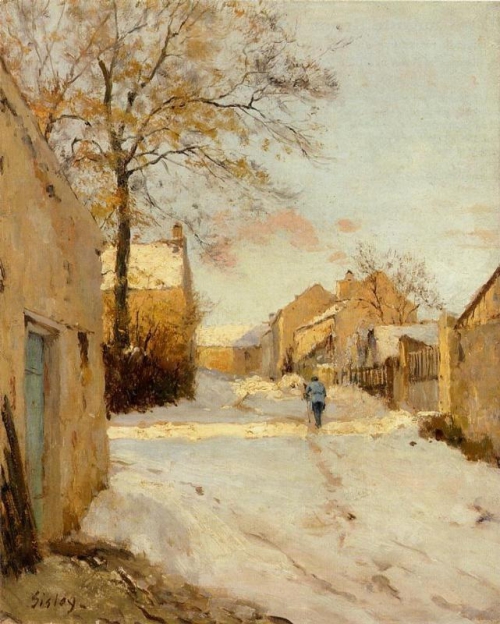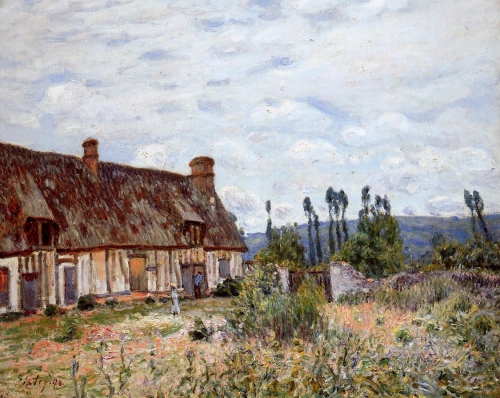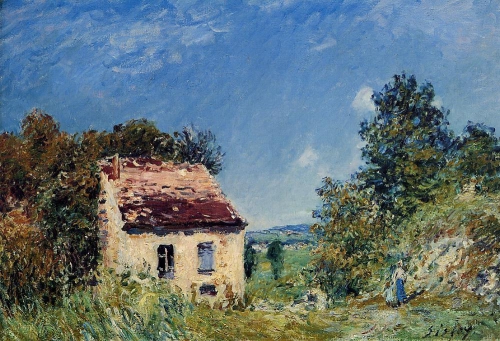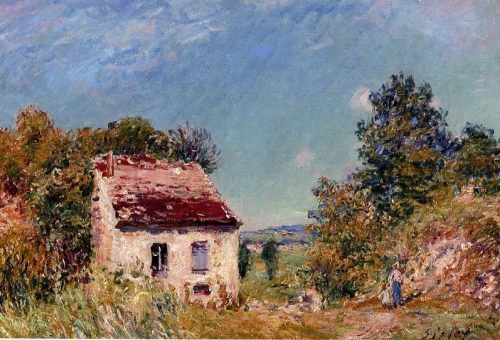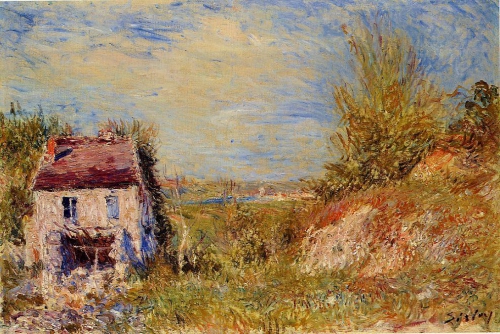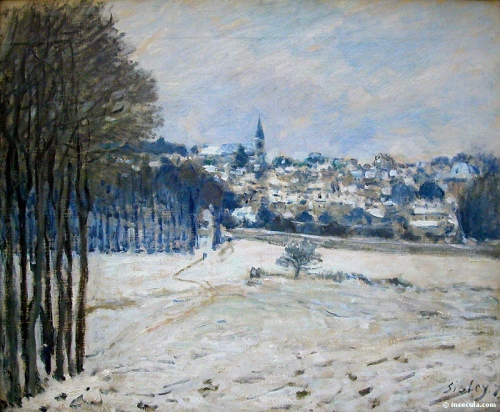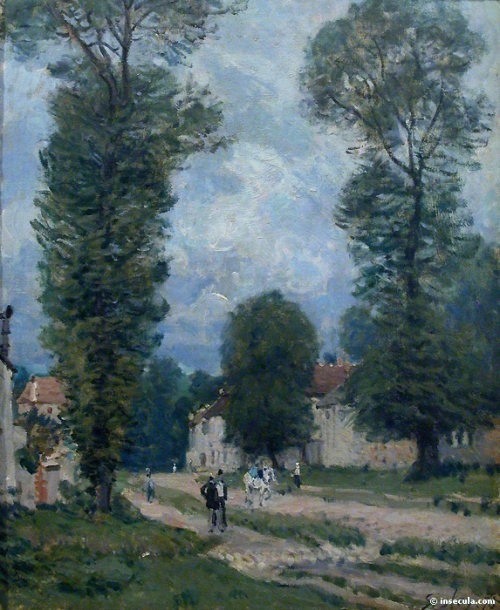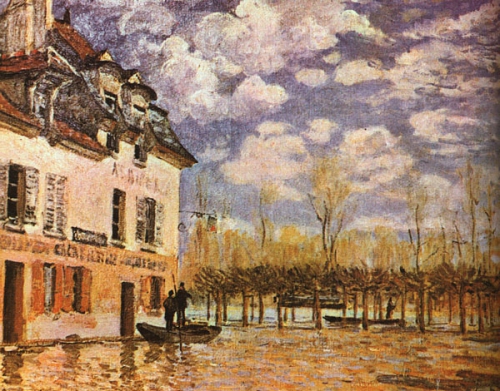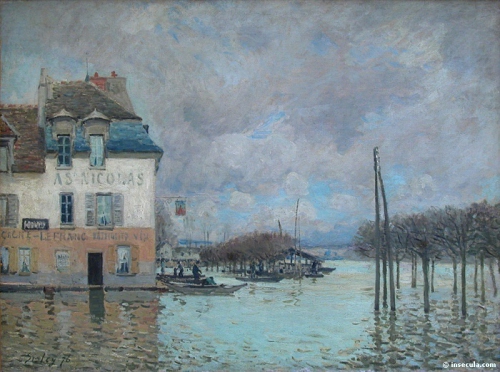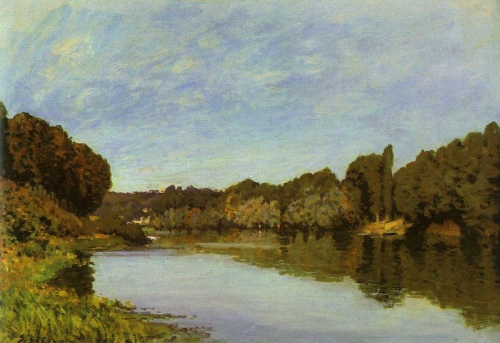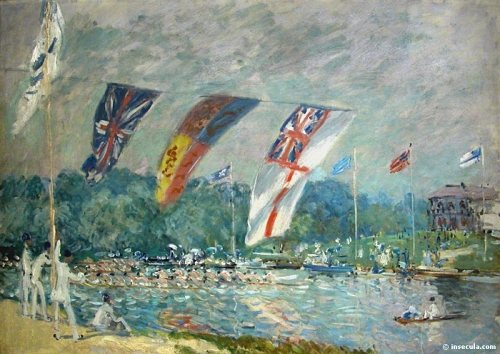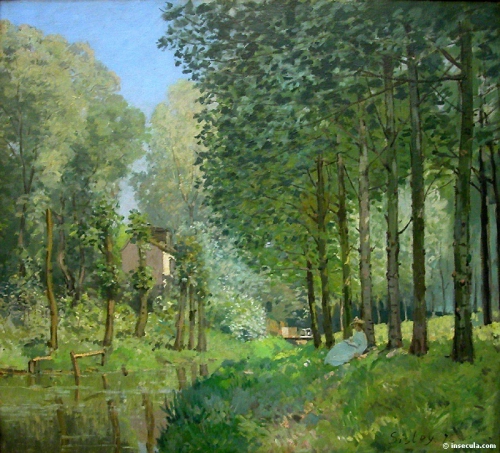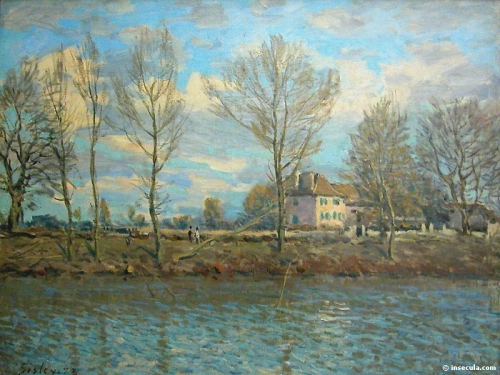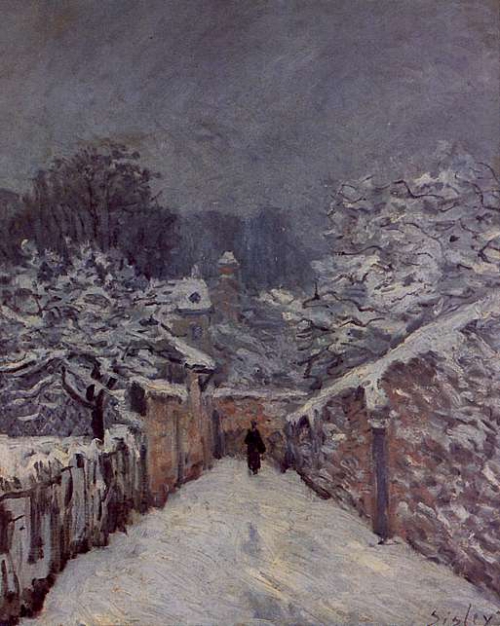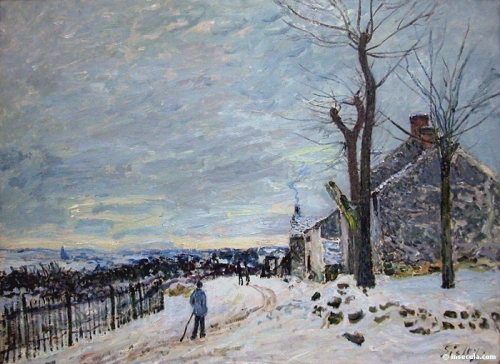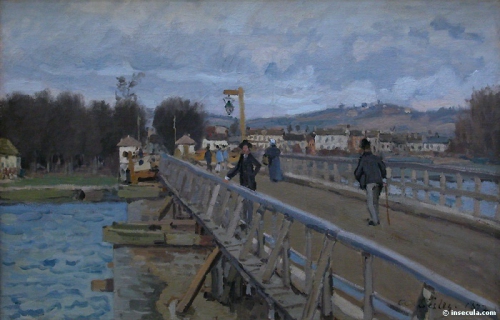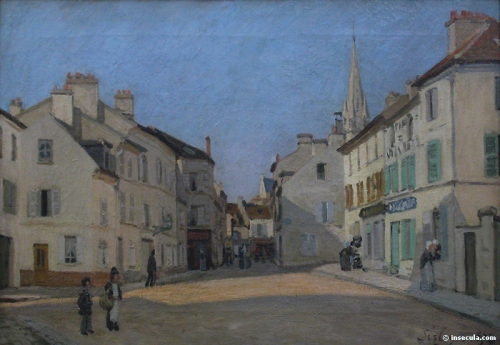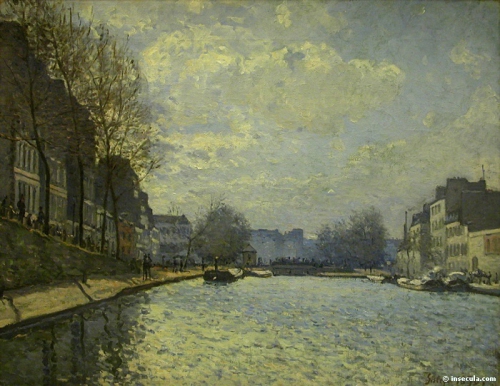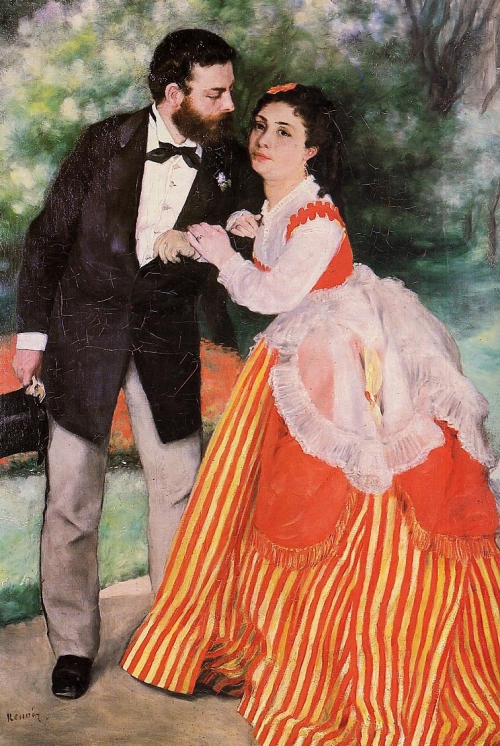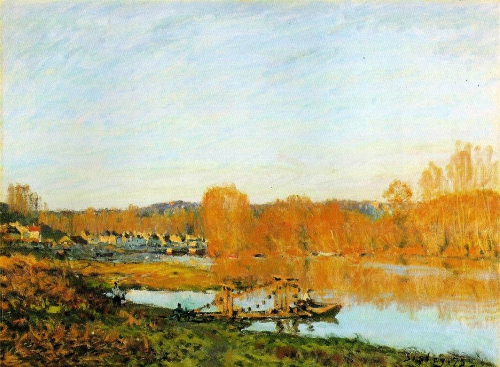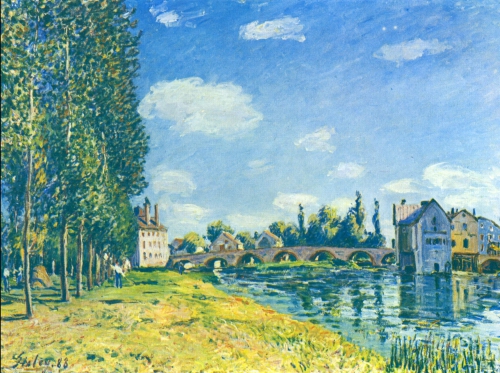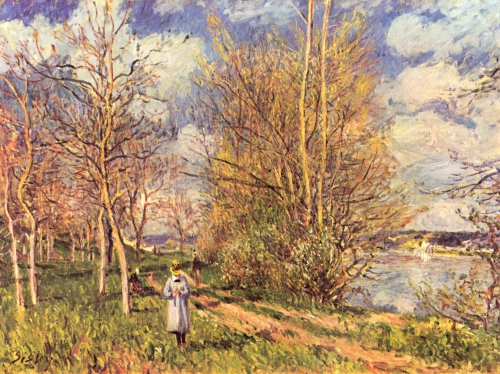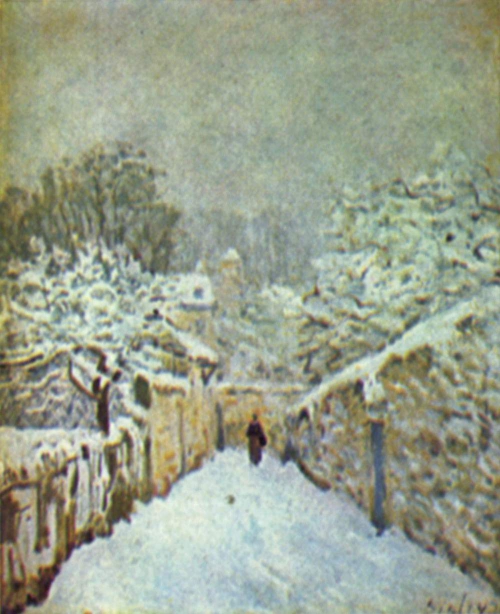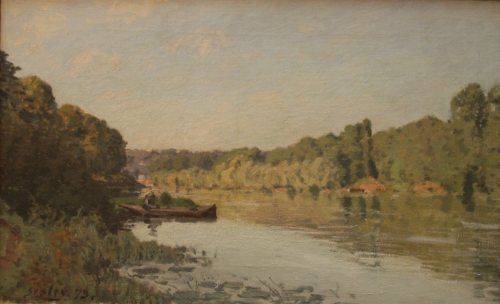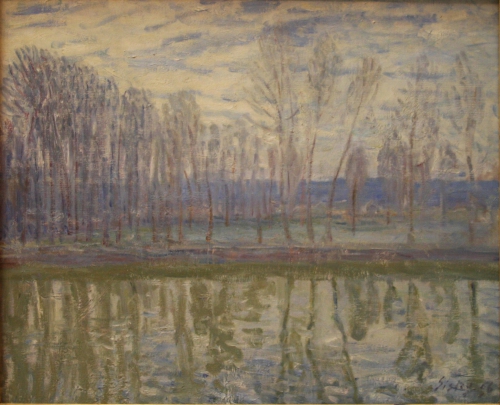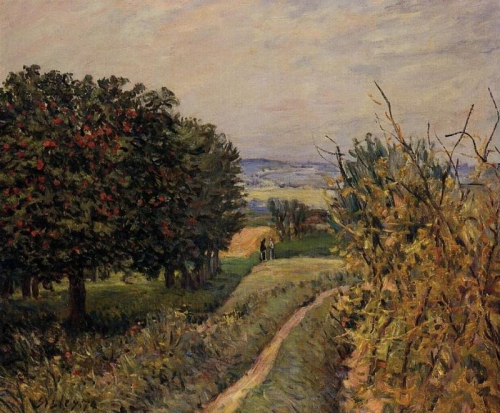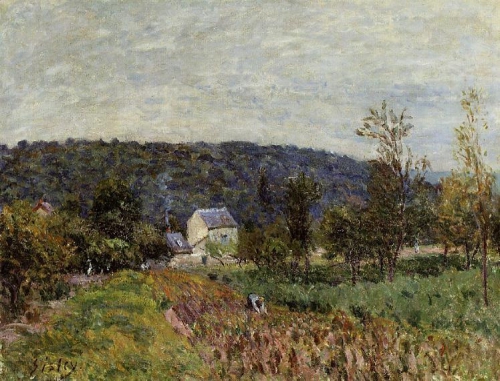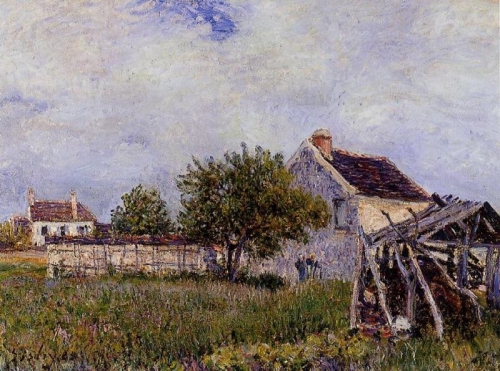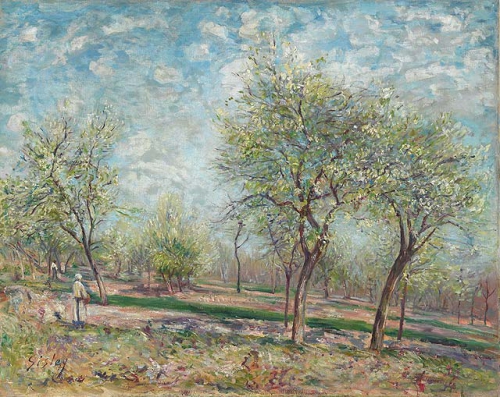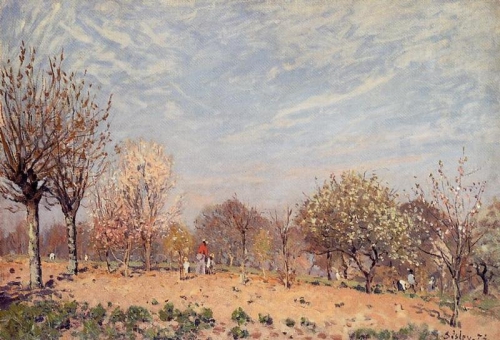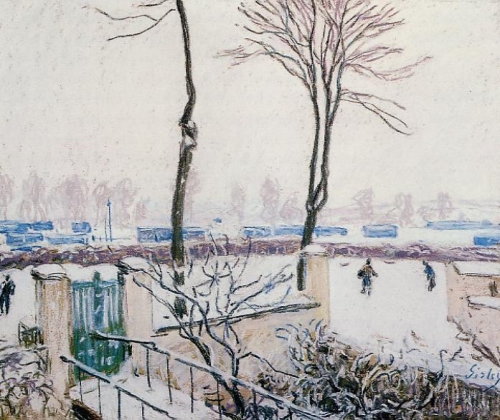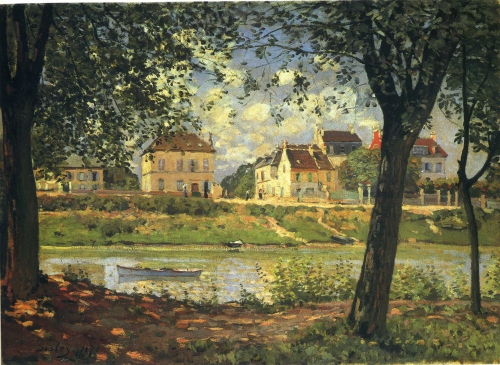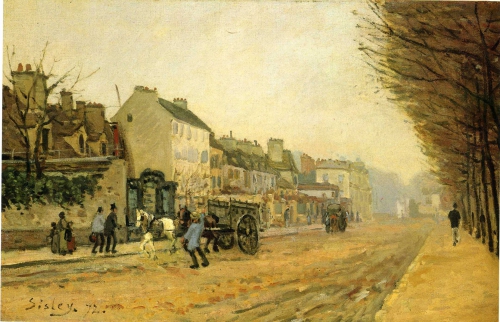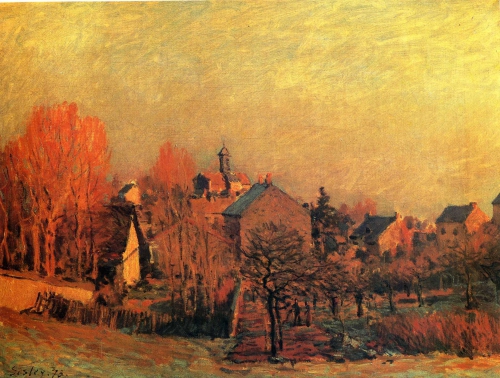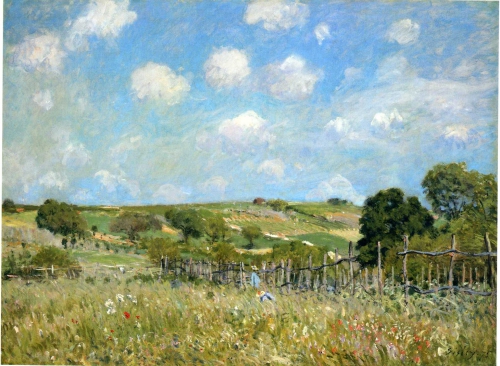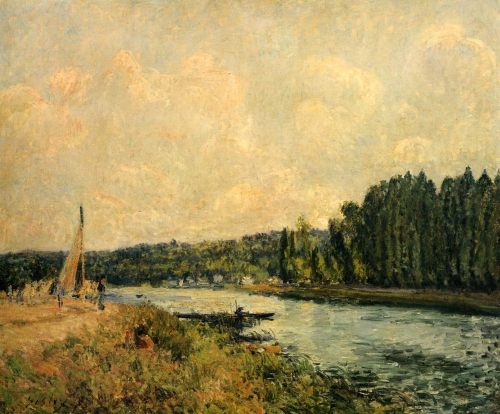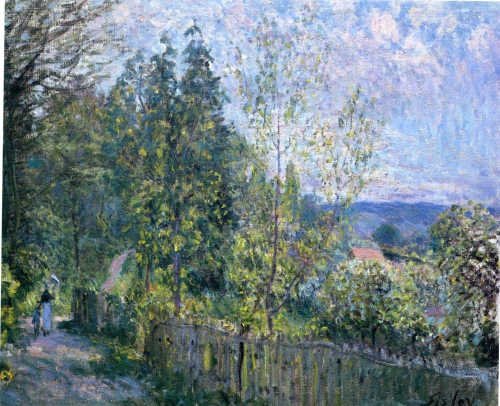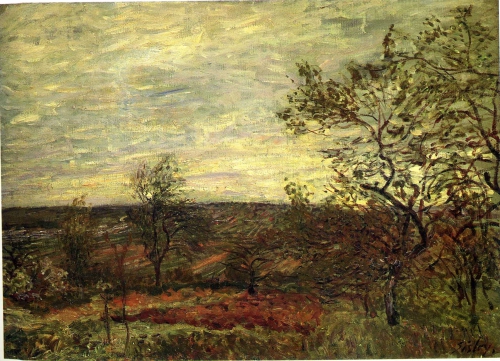Alfred Sisley | XIXe | Alfred Sisley
Alfred Sisley (English Alfred Sisley, October 30, 1839, Paris - January 29, 1899, Moret-sur-Loing) - French landscape painter of English origin, a representative of impressionism, was born and lived most of his life in France.
Sisley painted unpretentious landscapes of the outskirts of Paris, marked by subtle lyricism and sustained in a fresh and restrained light palette. Sisley's landscapes, conveying the authentic atmosphere of Ile-de-France, retain the special transparency and softness of natural phenomena of all seasons (“Little Square in Argenteuil”, 1872, “Flood in Marly”, 1876, both in the Musee d'Orsay, Paris; “Frost in Louveciennes”, 1873, “Edge of the Forest at Fontainebleau”, 1885, both in the Pushkin Museum, Moscow).
The enchanting images of nature by the artist Alfred Sisley with a slight touch of sadness fascinate with their amazing conveyance of the mood at a given moment in time (“Bank of the Seine at Bougival”, 1876, private collection). Since the mid-1880s, features of colorful decorativeism have been growing in Sisley’s work.
The beginning of the French impressionist movement is well known - from the “Salon of the Rejected” in 1863, from the exhibitions at Nadar in 1872 and from the sensational exhibition of “Independents” in April 1874 on the Parisian Boulevard des Capucines, which gave the name to the entire movement. Much less known is the beginning of the artist Alfred Sisley, whose discreet sophistication was not immediately noticed. There are no special sensations associated with the appearance of Sisley’s paintings, but this in no way diminishes the undeniable value and originality of his work.
Inseparable from France by place of birth and inclinations, he was nevertheless considered an Englishman by birth until the end of his life. Born in Paris and sent to England at the age of eighteen to study commerce, Alfred instead became fascinated by the pictorial revelations of Constable and Bonnington and was one of the first to “discover” Turner’s landscape innovation for the French.
Upon returning to Paris, Sisley entered the studio of the artist Gleyre, where he became friends with Claude Monet, Auguste Renoir and Frédéric Vasille. Soon disillusioned with academic learning, all four drop out of Gleyre's classes. Determined to find beauty in the ordinary, young innovators settled in Chailly near Fontainebleau. Since then, Sisley's motives have been forever determined - he prefers its modest surroundings and inconspicuous corners of provincial towns to depicting the capital. In 1866, Sisley worked in Marlotte with Renoir, in 1867 - in Honfleur with Basil. Then came Argenteuil, beloved by all impressionists, and, finally, Port Marly, which Sisley especially loved. The theme of the flood in Port Marly alone made up a whole series for him.
During the Franco-Prussian War, Sisley, as a British subject, was in London, where he struck up a very useful acquaintance with Durand-Ruel, who soon became the patron of all Impressionists, organizing their exhibitions in his galleries in France and abroad. For the first time in art criticism, the name of Sisley was mentioned next to his comrades in the memorable year of 1874, and this is not accidental: after the defeat of the Commune in French art, it is no longer the open revolutionary-democratic pathos of Daumier and Millet that comes to the fore, but less socially acute forms of protest - A revolution in painting is being made by a truthful depiction of the everyday, changing life of nature.
Unlike their predecessors - the Barbizonians, who painted landscapes from nature, but preferred to complete the picture in the groans of the studio, Sisley and his comrades transferred the entire process of creating a picture to nature. In the spontaneity of a full-scale sketch, plein air painters found inexhaustible pictorial possibilities, which led to an unprecedented lightening of the palette, to the dominance of pure, unmixed colors.
Like all impressionists, Sisley’s painting is not about the plot, but about the subtlest features of natural conditions, light and color. Insatiable in mastery, the artist was not ashamed to learn from his peers. Thus, together with C. Pissarro, he painted winter landscapes in Louveciennes to study the reflexes and colored shadows discovered by the impressionists; at another time, Sisley’s painting was under the influence of Renoir and Claude Monet. Nevertheless, his own refined individuality broke through all influences thanks to the special uniqueness of his contact with nature, more balanced, unpretentious and natural than that of his friends. In this, Sisley declared himself Corot's heir, which ultimately led to greater simplicity than that of his comrades.
Water and sky are its main “heroes”, and only then are the earth, vegetation, buildings, people. He captured the sea coast, lakes and rivers with fishing boats in various states at different times of the year, creating in painting a quiet but authentic poem of the waters of Ile-de-France. For Sisley, the fluidity of water embodied the eternal mobility of life itself, but he gave even more space to the sky. It is not just a background, but, creating depth in the landscape, unites all things in nature with its moving and changing light. It gives the integrity of the generalization to laconic paintings like “The Bank of the Seine in Saint-Mamme”, where only sand, waves and sunlight create
they have the fullness of harmony.
It was not in vain that the artist experienced a strong attraction to music, a love for which his mother raised in him, and then developed a joint music-making with Frederic Basile. Sisley wrote that a musical phrase is, as it were, a part of himself - all his paintings are musically colored. Because of this, he often deliberately reduces the entire color scheme of the picture to one single tonal key - blue. as in Port Marly Flood, or gray as in A Windy Day in Vienna.
Having developed by the beginning of the 80s, Sisley’s style, unlike Pissarro or Manet, subsequently changed little. Restrained and shy, focused exclusively on work, the artist had little interest in declarations and even less in the bourgeois public who perceived impressionism and the opinion of professionals who talked nightly in Parisian cafes. Nevertheless, it was he, silent but invariably reliable, who was usually chosen on the commission for arranging exhibitions and for making the most important decisions for the entire group.
After the Boulevard des Capucines, Sisley participated in the Impressionist exhibitions of 1876 and 1877, but then withdrew from exhibitions. Having completely devoted himself to painting alone, communicating only with his family, he leads a semi-poor existence, receiving insignificant sums for his paintings and getting deeper and deeper into debt. But most importantly, his loneliness and alienation from his colleagues increases. Since 1882, Sisley abandoned traditional Impressionist meetings altogether. Joyful light remains only in his landscapes.
And in the 90s, the artist did not achieve the success that Pissarro, Renoir and Monet had achieved by that time. In 1897, Sisley made a last desperate attempt to escape from oblivion with the help of a personal exhibition. The fact that the criticism responded to it with friendly silence was the final blow for the painter. Then only he remembered the comrades of his youth and called one of them to say goodbye. Six days after Claude Monet's arrival, on January 26, 1899, Alfred Sisley died in the town of Moret.
When, at the turn of the 20th century, the works of the unrecognized master rose significantly in price, it became clear that the man who, together with Pissarro and Monet, created the heyday of the national landscape of France, was by no means their secondary companion. Alfred Sisley's place in impressionism is very significant, although he did not invent much in it. Striving more strongly than his colleagues for the clarity and accessibility of art, he stood closer to the musicality of Corot and the democracy of the Barbizons than other impressionists. On the other hand, the most artless art of Sisley went further than his colleagues along the path of artistic simplification, which became the cornerstone of the discoveries of the next generation - the post-impressionists. The place of the “quiest” of rebels is among those who bravely fought for liveliness in painting, for the emancipation of perception and art itself.
